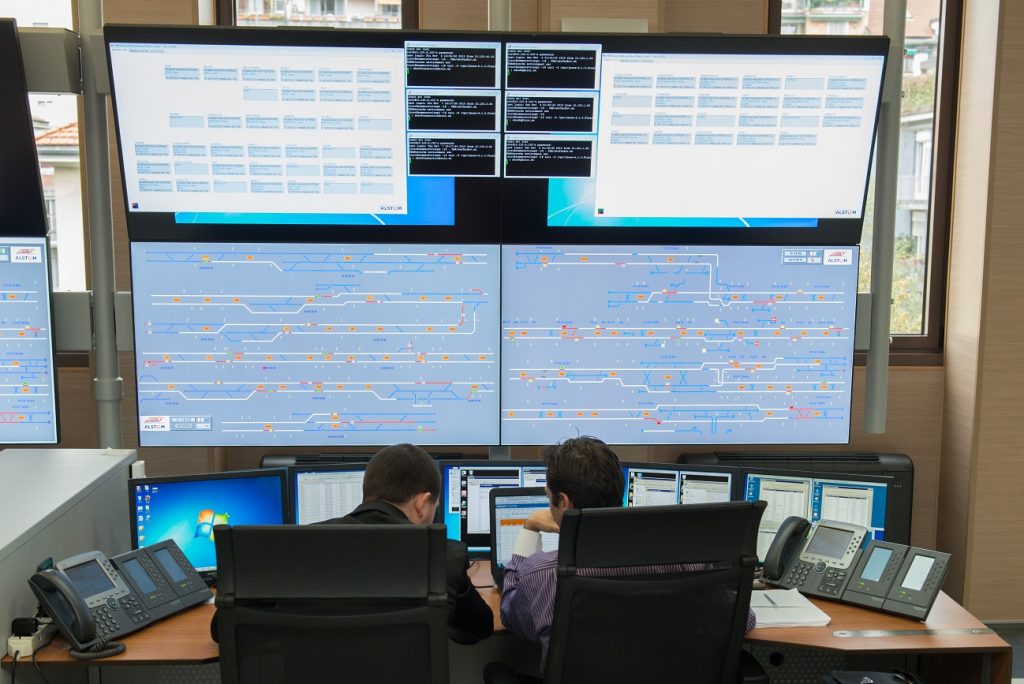Blog
As an IT professional, you've likely thought to yourself that you need better Wi-Fi monitoring to improve your personal productivity. Reason being, many Wi-Fi issues reported to you are intermittent, hard to locate, difficult to reproduce, and interestingly enough... not even related to Wi-Fi. As a result, you burn a lot of cycles throughout the day or week chasing the invisible and it's all because of inadequate Wi-Fi monitoring.
Wi-Fi Network Visibility
Wi-Fi monitoring systems are conspicuously absent from your network performance management stack. You've depended on your wireless access point vendor to give you what you need, however, it falls a bit short in answering the questions below because it doesn't provide the client's point of view, but instead, a good network infrastructure point of view.
- Can people connect to my Wi-Fi network?
- Can they authenticate?
- Can they get an IP address?
- What is the quality of their Wi-Fi experience?
Often the Wi-Fi network looks fine, yet problems and complaints arise. In the realm of Wi-Fi monitoring, tracking details regarding the quality of experience is a "biggie" because the subject lines of most Wi-Fi related trouble-tickets are quite vague, like "User reports that Wi-Fi sucks," which may describe the sentiment... but is not detailed enough to be helpful in your analysis.
In addition to these questions, WLAN vendors and walkaround tools generally do not provide a performance history that allows you to go back in time and review the details surrounding an incident. Details such as:
- What network, access point, band and channel was the device on at the time of the incident?
- At what MCS and data rate was the device connecting?
- What kind of congestion was on the network at the time?
- How did the physical spectrum look during the period in question?
However, a Wi-Fi monitoring system will provide you with these capabilities, hence the visibility you need to quickly identify root cause.
Proactive Alerting
From Wi-Fi monitoring comes the critical visibility you need to "see" what is going on with the wireless network across your enterprise. Next, you need a system of proactive notifications that alert you when targets you set for Wi-Fi performance fall out of compliance.

For example, an access point should beacon 10 times a second so that clients may recognize that its available to associate with. If for whatever reason the access point stops beaconing (something we see quite often), then clients will not roam to it, causing a cascade of issues, such as poor signal strength, low MCS and terrible throughput. This is an issue that may go undetected in a large area for days, festering and frustrating users.
Proactive Wi-Fi monitoring detects the issue, then alerts you instantly through email or SNMP trap, allowing for remediation in minutes before users notice or complain. In this manner, a Wi-Fi monitoring system has given you two extremely important things. Its kept people, systems and workflows in your organization productive. And finally, its kept YOU productive by saving you the time and expense of a troubleshooting fishing expedition.